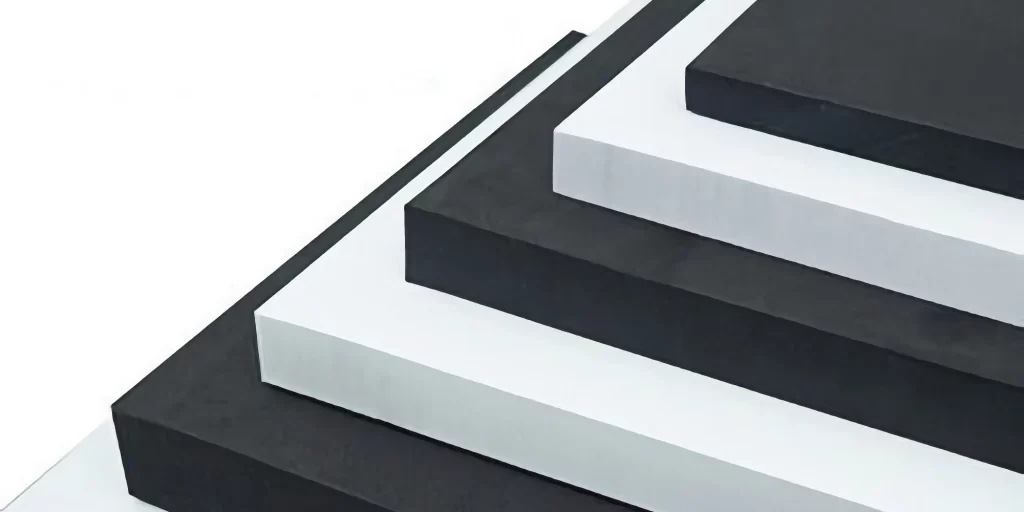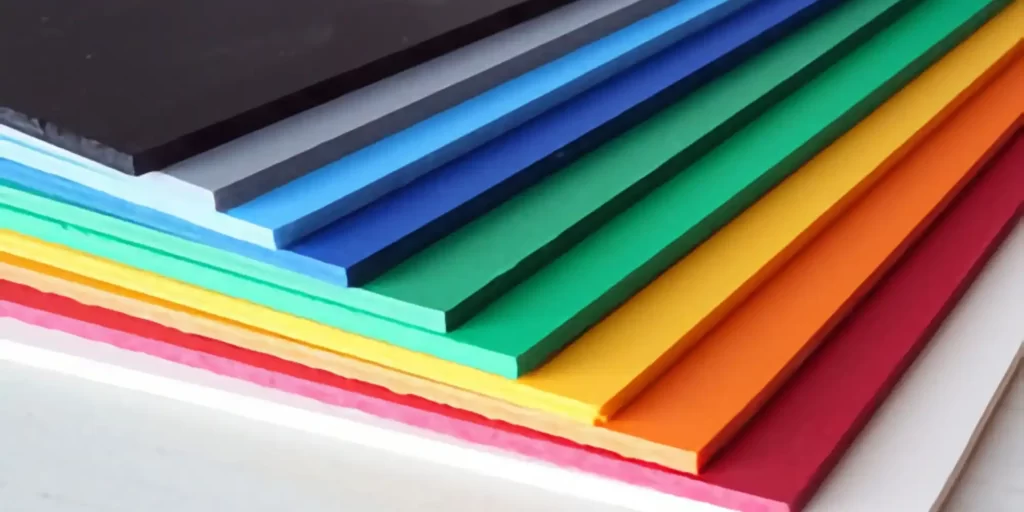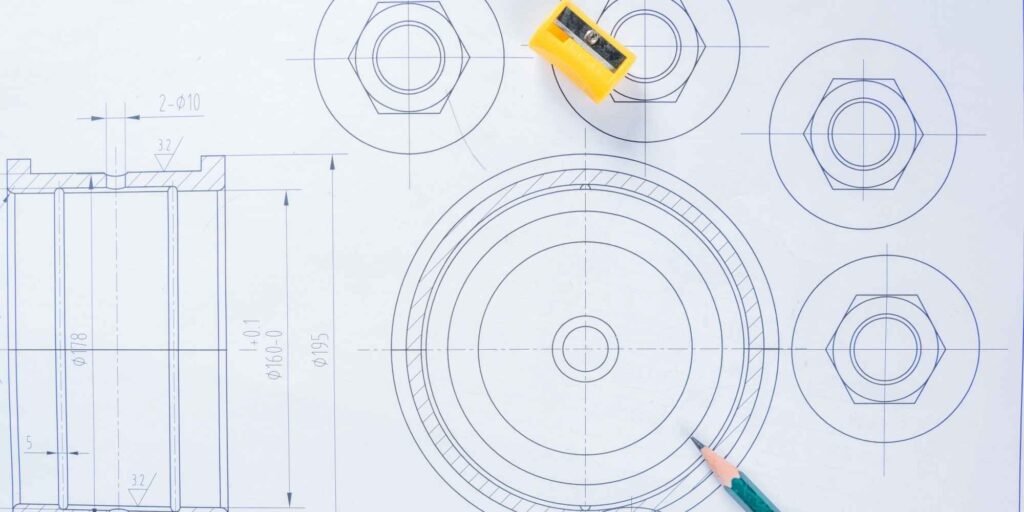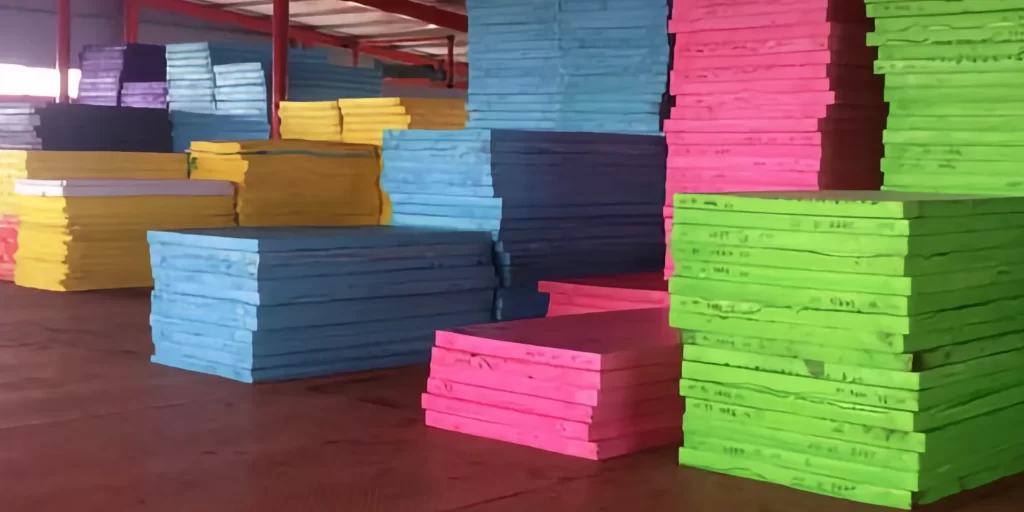In an era where controlling noise and vibration is crucial across various industries, Ethylene-Vinyl Acetate (EVA) foam stands out as a versatile and effective solution. Known for its excellent sound and vibration dampening properties, EVA foam is increasingly being used in a range of applications, from automotive to construction and beyond. This article explores the benefits of EVA foam in sound and vibration dampening, highlighting its applications and addressing frequently asked questions about its role in reducing noise and vibration.
The Benefits of EVA Foam in Sound and Vibration Dampening
EVA foam offers several key advantages in sound and vibration dampening:
1. Effective Noise Reduction:
EVA foam’s dense yet flexible structure makes it an excellent material for absorbing and reducing sound, contributing to quieter and more comfortable environments.
2. Vibration Absorption:
Its ability to absorb and dissipate energy makes EVA foam ideal for reducing vibrations, which can be crucial in protecting machinery and enhancing user comfort.
3. Durability and Resilience:
EVA foam maintains its structural integrity and dampening properties over time, even under constant use and exposure to various elements.
4. Lightweight and Versatile:
Being lightweight, EVA foam is easy to install and can be used in a variety of settings without adding significant weight or bulk.
5. Customizable for Specific Needs:
EVA foam can be produced in different densities and thicknesses, allowing for tailored solutions to meet specific sound and vibration dampening requirements.
6. Safe and Non-Toxic:
EVA foam is generally non-toxic and safe to use in various environments, making it a preferred choice in industries where safety is a priority.
Applications of EVA Foam in Sound and Vibration Dampening
Automotive Industry:
In vehicles, EVA foam is used in engine compartments, door panels, and floor linings to reduce noise and vibration, enhancing the comfort of passengers.
Construction and Building:
EVA foam is applied in walls, ceilings, and flooring in buildings for effective soundproofing and vibration control.
Industrial Machinery:
Machinery and equipment often use EVA foam pads and linings to minimize operational noise and protect sensitive components from vibration damage.
Electronics:
In electronic devices, EVA foam serves as an excellent material for reducing vibration and noise, prolonging the lifespan of the devices.
Sporting Goods:
EVA foam is used in sports equipment to absorb shock and reduce vibration, providing comfort and injury prevention for athletes.
Home Appliances:
Washing machines, dryers, and other appliances use EVA foam for noise reduction, making them more user-friendly and less disruptive.
Enhancing Comfort and Efficiency with EVA Foam
The integration of EVA foam into sound and vibration dampening solutions represents a significant advancement in enhancing comfort and efficiency across various industries.
FAQs About EVA Foam in Sound and Vibration Dampening
Q: How does EVA foam reduce noise and vibration?
A: EVA foam absorbs sound waves and dissipates vibrational energy, effectively reducing noise levels and vibration in various applications.
Q: Is EVA foam suitable for high-temperature environments?
A: EVA foam can withstand a range of temperatures, but its suitability for high-temperature environments depends on the specific formulation and application.
Q: Can EVA foam be customized for different dampening needs?
A: Yes, EVA foam can be produced in various densities and thicknesses, allowing for customization to meet specific sound and vibration dampening requirements.
Q: How durable is EVA foam in dampening applications?
A: EVA foam is known for its durability and resilience, maintaining its dampening properties over time, even with regular use.
In conclusion, EVA foam has become an essential material in sound and vibration dampening, providing effective solutions across a wide range of industries. Its combination of noise reduction, vibration absorption, and versatility makes it an ideal choice for enhancing comfort and efficiency in various applications. As technology and industry demands evolve, EVA foam-enhanced sound and vibration dampening solutions are set to play a significant role in improving environmental quality and operational performance.






